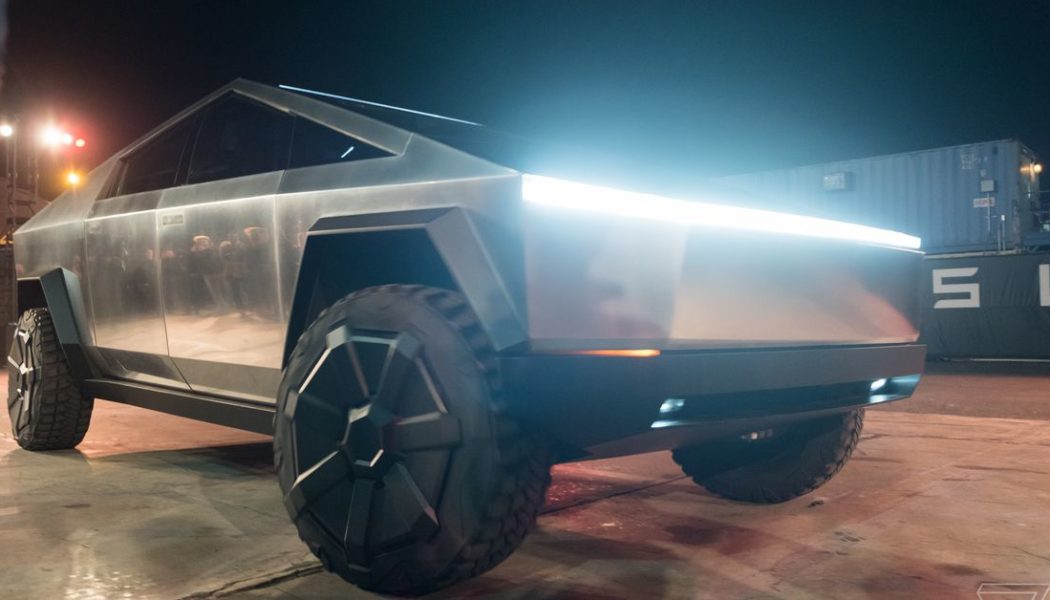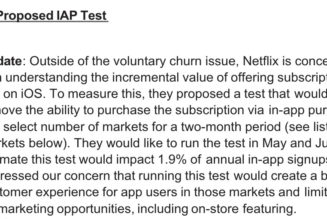
Tesla CEO Elon Musk has said that the company hopes to start delivering the Cybertruck, its battery-powered electric pickup, in the “middle of next year” during a call for investors. This is a more specific timeline than Musk has provided before — in last quarter’s earnings call, he said that the truck would be coming “hopefully next year.”
Tesla originally announced the truck in 2019, with a goal of starting production in late 2021. In August 2021, the company announced a delay until 2022, and Musk pushed that prediction further back until “hopefully” next year during the company’s Q4 earnings call in January. In the meantime, competitors like Ford and Rivian have launched their own electric pickups, with Ford saying that it plans to make 150,000 F-150 Lightnings in 2023.
One of the defining features of the Cybertruck is its outlandish, angular design — it looks like an early video game model. The company has apparently had problems making that design safe for use in the real world; in late 2021, Musk tweeted that he was worried about the truck’s windshield wiper. Currently, it’s one giant arm that’s meant to clean off the entire windshield in a single stroke.
Videos have leaked out of the truck driving on test tracks, and earlier this year, someone posted a video showing a walk-around of a prototype unit. In other words, the truck hasn’t been entirely MIA, in sharp contrast to the second-gen Roadster that’s also supposed to ship in 2023.
During the call, Musk didn’t elaborate on what Tesla had left to do to get the Cybertruck out on the road. However, the company has run into production issues even with its existing Model S, X, 3, and Y vehicles in the past few months — a factory it opened in Shanghai, China, has faced repeated shutdowns due to COVID, which the company said were a factor in the drop in production it reported in its second-quarter earnings results. “Tesla does not have a demand problem, we have a production problem,” Musk said on the earnings call.








